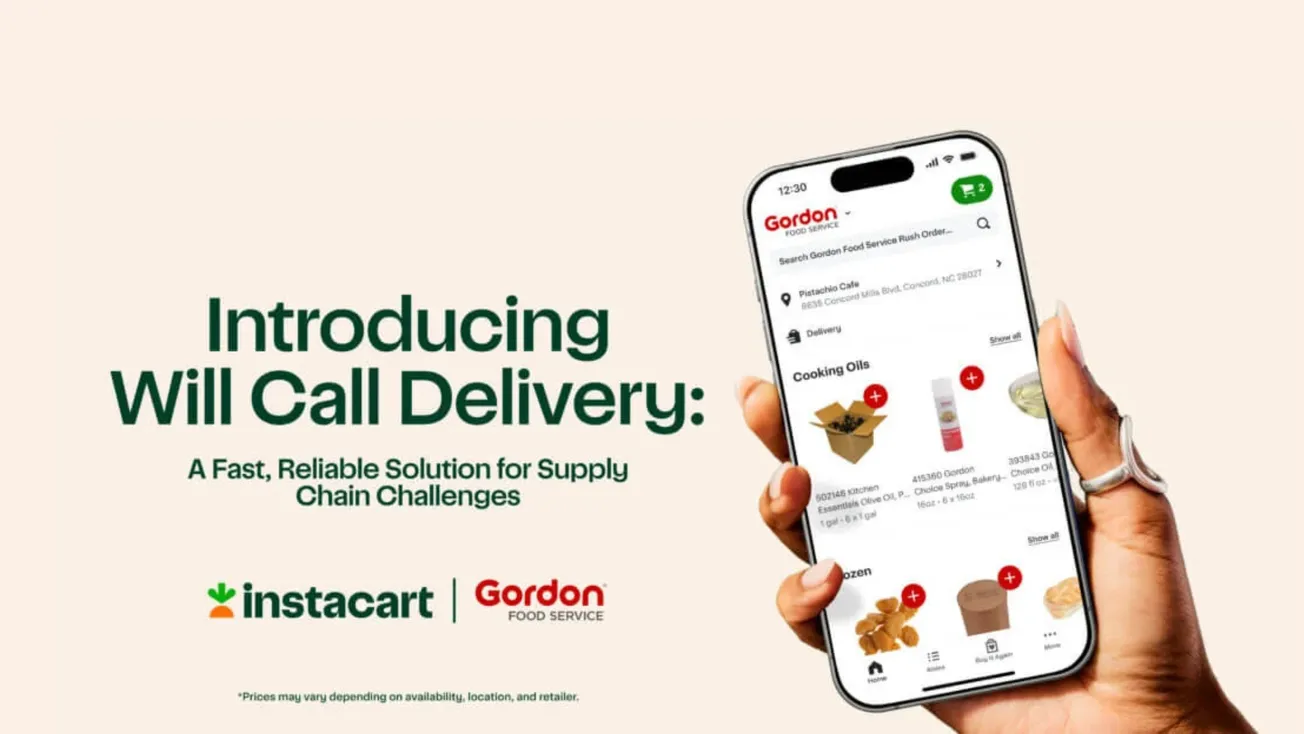Table of Contents
SHELTON, Conn. — Walmart is the leading venue for sales of household products, according to research by TABS Analytics.
Walmart accounts for 16.4% of sales in the $75 billion household products market, TABS revealed in a recent webinar. That compares to 14.9% for food retailers, 9.5% for dollar stores, 9.3% for home improvement stores. E-commerce share of purchases is only 5%, which TABS suggests may be due to the high purchase frequency of many household products across multiple channels.
“There are a lot of meaningfully sized channels of household products,” said TABS chief executive officer Kurt Jetta. “Retailers seem to understand that these categories are strategically important because of their high penetration, repeat purchase rate and transaction size. These retailers are giving what’s probably a disproportionate amount of support to these categories, and that doesn’t seem to be a bad thing, because they’re all getting a good chunk of a very large sector.”
TABS’ Household Care Study was developed to determine what types of household care items consumers are buying, where those items are purchased, and how much consumers buy and how frequently. The study analyzed 15 categories: toilet paper, laundry detergent, paper towels, garbage bags, household cleaner, dish soap, facial tissue, air fresheners, fabric softeners, bleach, dishwasher detergent, mops/brooms, paper napkins, disposable tableware and floor-cleaning sheets. The study, conducted in September, involved a survey of 1,000 general population consumers between the ages of 18 and 75. Survey participants were geographically and demographically dispersed, the company said.
The study found that deals are very important to shoppers buying household products. The three most popular deals for consumers are everyday-low price (55% of consumers use this tactic), large sizes (45%) and bonus sizes (38%). According to TABS, the latter two are much more popular in household products than in other sectors and are more associated with pantry loading than with generating one-off incremental sales transactions.
Large households are the heaviest buyers of household care products, which TABS says is normal for consumer packaged goods categories, but the skew is much higher in this sector. Among households with five or more people, 56% describe themselves as heavy buyers. Among households with children, 46% are heavy buyers.
The TABS study also found significant variations among ethnic groups in terms of where they buy household products. White households are much more likely to shop at traditional grocery outlets for these products, the study found. Dollar stores have a much higher share of purchase transactions (13.2%) among non-Hispanic black households. Costco Wholesale Corp. does much better with Hispanic households (7.2% of whom shop its outlets for household products) and other ethnicities (8.2%) than it does with black or white households.
When it comes to e-commerce, the study found that only 6% of households regularly buy household care products online. That figure is somewhat higher for younger buyers (8% of whom regularly buy these products online, and for households with income of more than $150,000 (11%).
For those consumers who do shop for these products online, Amazon.com, Walmart.com and Target.com account for 91% of transactions. Amazon’s share of this $3 billion to $4 billion business is 46%, TABS estimates. Walmart’s share is 30% and Target’s is 15%.





